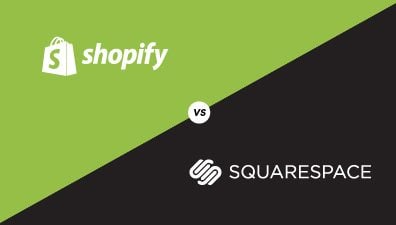Shopify is a popular eCommerce platform that allows businesses to easily set up an online store and sell products. One important metric for evaluating the success of an online store is the conversion rate, which is the percentage of visitors who make a purchase. In this article, we’ll discuss what the Shopify conversion rate is, why it’s important, and how to improve it.
Table of Contents
- What is Shopify Conversion Rate?
- Why is Shopify conversion rate so important for Shopify stores?
- Overview of key statistics regarding Shopify conversion rate
- How To Calculate Shopify Conversion Rate?
- What affects Shopify conversion rates?
- How to improve Shopify conversion rate?
- How to Keep Track of Shopify Conversion Rate
What is Shopify Conversion Rate?
Shopify conversion rate refers to the percentage of visitors to a Shopify store who complete a desired action, such as making a purchase or signing up for a newsletter. The conversion rate is a key metric for measuring the success of an eCommerce store and is calculated by dividing the number of conversions by the number of visitors to the site and then multiplying by 100.
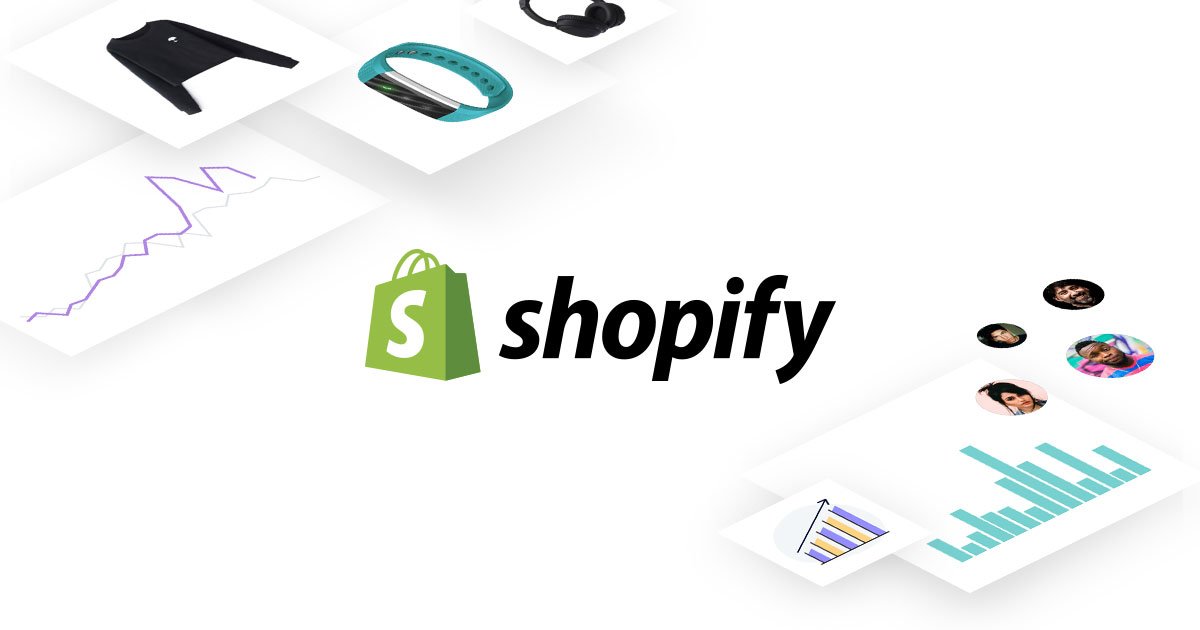
For example, if a Shopify store had 100 visitors in a given time period and 3 of those visitors made a purchase, the conversion rate would be 3% (3 divided by 100, multiplied by 100). A high conversion rate indicates that the store is effectively converting visitors into customers, while a low conversion rate may indicate a need for improvement in the store’s design, product offerings, or marketing strategies.
Why is Shopify conversion rate so important for Shopify stores?
Shopify conversion rate is important for Shopify stores because it provides insight into how well the store is performing and helps store owners make informed decisions to drive sales and increase revenue. Here are some reasons why the Shopify store conversion rate is so important.
Measures the effectiveness of marketing and advertising efforts
By tracking conversion rates, store owners can see how well their marketing and advertising efforts are performing and make changes to improve results.
Moreover, store owners can gain an in-depth comprehension of their customer’s desires and preferences by monitoring Shopify conversion rates to ensure they are offering the best possible experience for their shoppers. By properly optimizing your online store with this data, you can ensure a high level of customer satisfaction and increased sales.
Identifies areas for improvement
A low conversion rate could be an indication that your store needs some improvements, such as its website design, product selection, or checkout process. By keeping a close eye on the Shopify online store conversion rate, shop owners can identify what areas must be improved in order to boost sales and make more money.
Increases revenue
Having a higher conversion rate can be the key to unlocking greater profits and success for any eCommerce store. By using Shopify’s conversion rate tool, merchants are able to discover how they can best optimize their site in order to maximize sales and revenue. With this valuable insight, entrepreneurs have all the information necessary for them to create an efficient shop that will generate growing returns over time!
Provides valuable data for decision-making
Shopify’s conversion rate data is an invaluable tool, delivering insightful information to help store owners make well-informed decisions on their products, prices, and marketing tactics – all of which can lead your business to success! This revolutionary feature will give you an edge in today’s competitive market.
Helps track the success of optimization efforts
By monitoring the conversion rate over a period of time, store owners can assess the effect optimization has had and modify it as necessary. Observing Shopify’s conversion rate assists in pinpointing which improvements have been most successful and what needs to be done to boost the performance of their shop.
In summary, the Shopify conversion rate is a critical tool for determining how effective any eCommerce store is in terms of sales and revenue. Monitoring and analyzing the conversion rate on an ongoing basis gives store owners valuable insight into what works best to boost their shop’s performance, allowing them to make informed decisions that will bring success.
Overview of key statistics regarding Shopify conversion rate
Here are some statistics regarding the conversion rate Shopify store. By understanding these statistics, Shopify store owners can make informed decisions to improve their store’s performance and increase revenue. By regularly tracking conversion rate and analyzing it over time, merchants can identify areas.
- Average Shopify store conversion rate: The average conversion rate for Shopify stores was 1.4% according to the survey of Littledata. Shopify conversion rates can vary greatly depending on the store’s industry. For example, fashion stores typically have higher conversion rates than electronics stores. It also fluctuates throughout the year, with spikes in conversions during peak shopping periods such as holidays and special promotions. A Shopify store that has a conversion rate of over 3.7% is considered to be among the top 20% of Shopify stores. On the other hand, a store with a conversion rate exceeding 5.2% is ranked among the top 10%.
- Best-performing industries: Some of the best-performing industries for Shopify stores include fashion and apparel, health and wellness, and home and furniture. Shopify stores in these industries typically have higher conversion rates when compared to other industries.
- Factors affecting conversion rate: There are several elements that can affect the conversion rate of a Shopify store. Everything from web design, products offered and their prices to marketing plans should be taken into account by owners in order to ensure they make full use of available resources for maximum Shopify conversions.
- Mobile optimization: As the number of mobile shoppers continues to climb, Shopify store owners must prioritize optimizing their website for these devices. Studies have demonstrated that having a mobile-friendly site can significantly increase conversion rates and revenues. So, if you want your Shopify store to succeed in today’s digital age then ensuring it is optimized for a range of devices should be a priority.
- Cart abandonment rate: Did you know that the average eCommerce cart abandonment rate is approximately 69%? This means almost 7 in 10 customers who add items to their shopping carts don’t complete their purchase. To mend this issue and boost your Shopify conversion rate, Store owners should concentrate on fighting cart abandonment. Offering free shipping options, incentives/discounts, and streamlining the checkout process can help reduce suppression of sales due to cart abandonments as well as improve Shopify’s overall conversion rates.
- Customer reviews: Customer reviews are a powerful tool that can increase your store’s conversion rate and sales. Studies show that stores with customer reviews have significantly higher conversion rates than those without, so Shopify store owners should actively encourage customers to leave comments on their products. This will attract more buyers and help boost the overall conversion rate of your business.
- Email marketing: Email marketing is an invaluable asset to any eCommerce store, with data demonstrating that companies who invest in email campaigns have a standard conversion rate of 3.19%. To take advantage of this opportunity and increase your Shopify conversion rate, create a tailored email strategy for your business and consistently reach out to customers through emails.
These statistics provide a general understanding of the factors that can impact Shopify’s conversion rate and the role that conversion rate plays in the success of an eCommerce store. It’s important to remember that every store is unique, and the conversion rate will vary depending on a number of factors.
How To Calculate Shopify Conversion Rate?
To calculate the conversion rate for a Shopify store, use the following formula:
Conversion Rate = (Number of Orders/Number of Unique Visitors) * 100
Where:
- The number of Orders is the total number of orders made in your store during a certain time period.
- The number of Unique Visitors is the number of unique individuals who visited your store during the same time period.
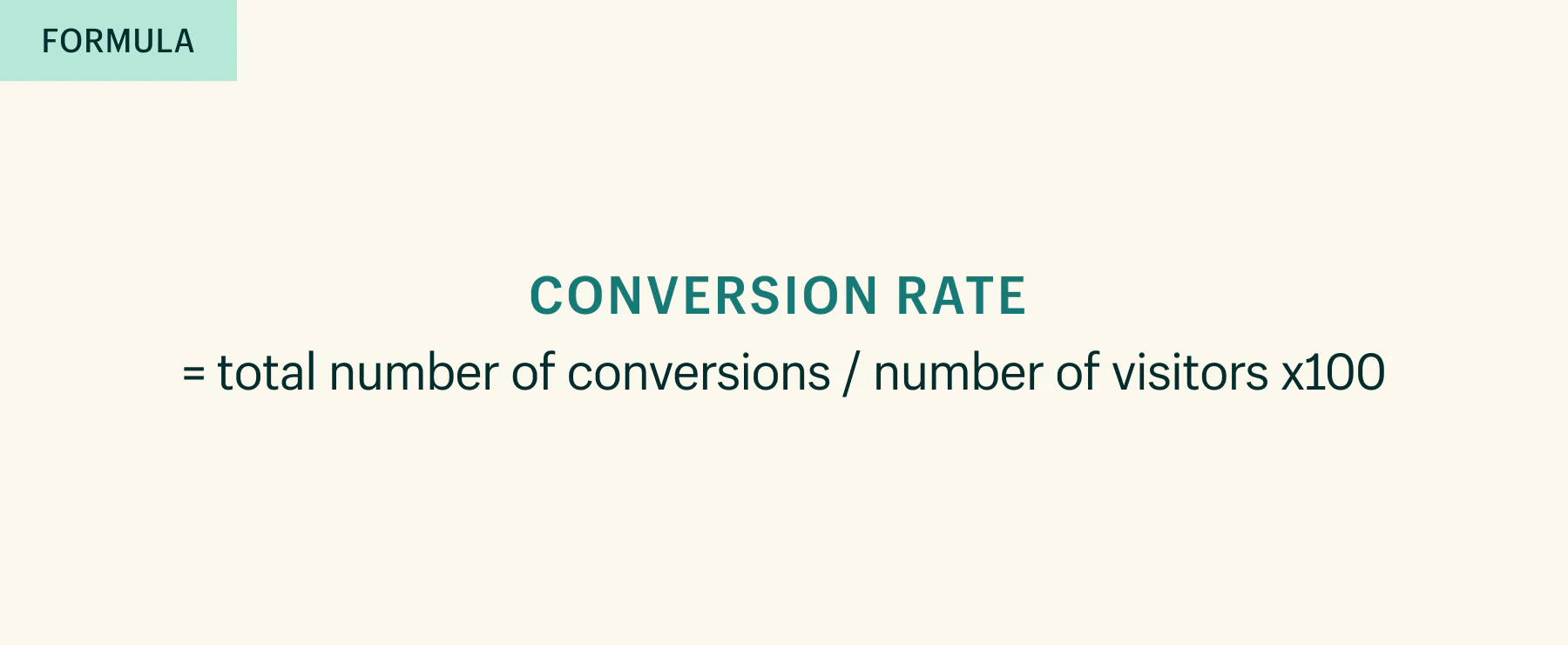
For example, if your store had 1,000 unique visitors and 30 orders in a week, the conversion rate would be calculated as follows:
Conversion Rate = (30/1,000) * 100 = 3%
It’s important to track and calculate the conversion rate on a regular basis, as it provides valuable insight into the performance of your store and helps you identify areas for improvement. By continually tracking and analyzing your conversion rate, you can make informed decisions that drive sales and increase revenue.
What affects Shopify conversion rates?
There are several factors that can affect a Shopify store’s conversion rate. Some of the most important factors include.
Website design
Establishing a website with an intuitive interface, comprehensive product details, and captivating visuals can significantly enrich the customer experience while amplifying their likelihood of executing a purchase.

Shopify store owners must strive to craft sites that satisfy these criteria if they wish to be successful in boosting conversions.
Product quality and descriptions
It’s critical to provide customers with detailed and transparent product descriptions along with high-resolution images. Doing so will not only improve customer confidence but also lead to higher Shopify conversion rates and increased revenue. Moreover, make sure that the products on sale are of excellent quality; this plays an essential role in driving growth for your eCommerce store.
Checkout process
As store owners, it’s essential to make the checkout process as effortless and smooth as possible. This reduces customer friction during payment processing, boosting your chances of a sale. To do this, ensure that customers have access to secure and speedy payment options such as Apple Pay or PayPal on your Shopify platform – because fast, safe shopping is key for success.
Customer reviews
By leveraging the power of customer reviews, you can quickly establish trust and credibility with potential customers. This could potentially result in improved Shopify store conversion rates, thus increasing your overall sales.
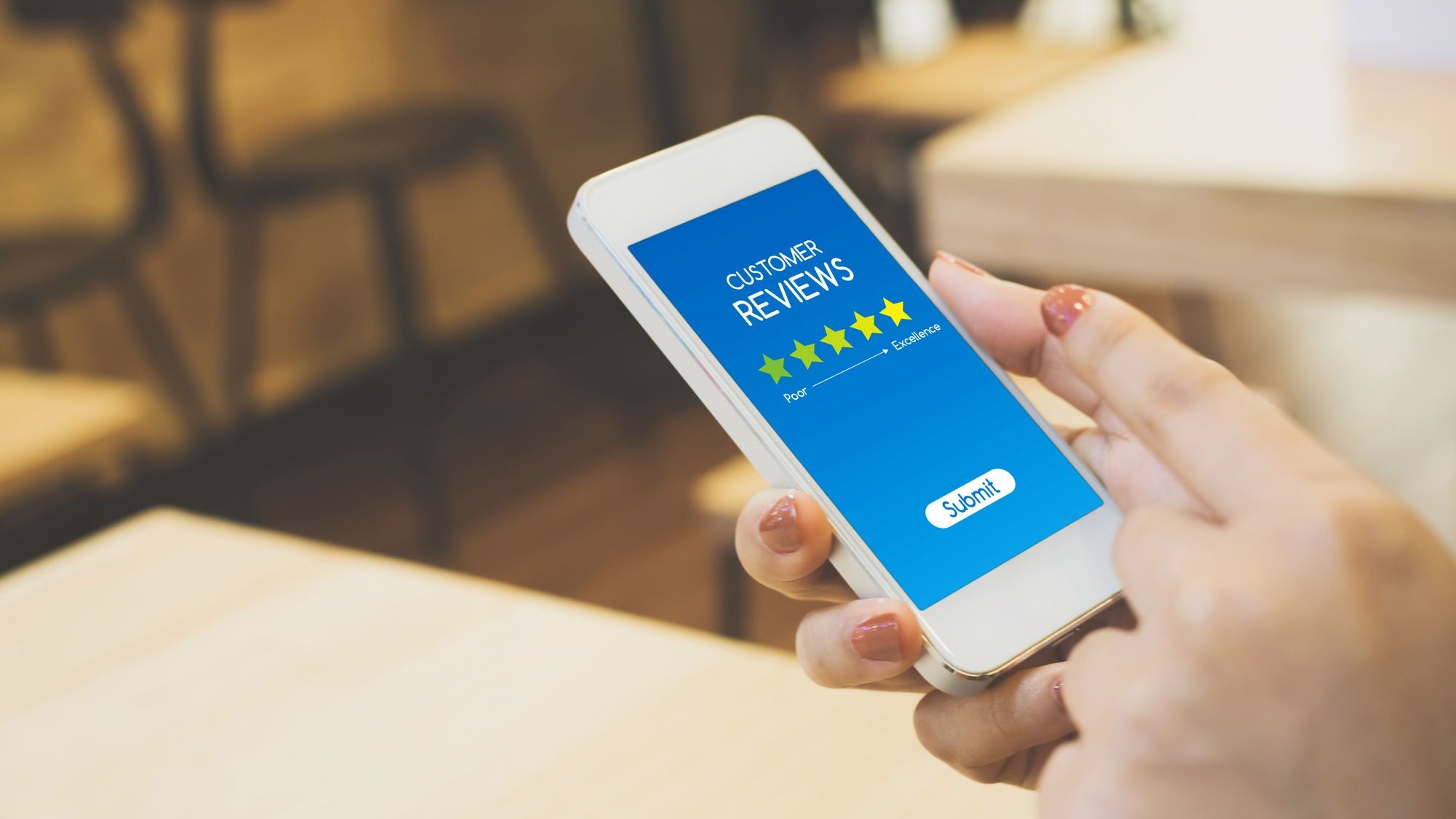
As a shop owner on Shopify, encourage your customers to leave feedback that showcases their positive experiences – this serves as an invaluable asset for not only them but also yourself.
Promotions and discounts
Offering deals and discounts is a key way to persuade hesitant customers into buying your products. Doing so could bring major gains in terms of Shopify conversion rate, making it worthwhile for store owners. Don’t hesitate any longer, start offering promotional deals today.
Customer service
Providing excellent customer service is essential to building trust with customers and can result in more repeat purchases, not to mention a higher conversion rate.

As Shopify store owners, it’s important that you empower your team with the knowledge required to offer responsive and helpful assistance. Doing so will surely boost your online store conversion rates.
Pricing
When it comes to optimizing Shopify’s conversion rate, the price tag plays a crucial role. Unreasonably high or low prices can easily repel customers from your store, so selecting an optimal pricing strategy is essential for any successful business owner utilizing Shopify.
Target audience
Unlocking the key to your target audience’s needs and preferences is a critical element in optimizing any Shopify store. A thorough analysis of this demographic will enable you to craft products that perfectly fit their desires, resulting in an increase in conversion rates. With this knowledge, shop owners can design items geared toward what customers want and need — creating optimal satisfaction for all involved.
User experience
Enhancing the user experience, with lightning-quick loading speeds and a stress-free interface, can make all the difference in securing conversions from your Shopify store.

Ensure that you are optimizing website performance to garner higher conversion rates on your eCommerce platform.
Marketing and advertising
Unleashing the power of effective marketing and advertising can attract people to your shop, thus heightening the chances of making a sale. Shopify store owners should set their sights on selecting multiple channels for promotion—Search Engine Optimization (SEO), paid search, social media campaigns as well as email marketing—in order to skyrocket their store’s conversion rate.
It’s important to note that these factors can interact with each other and have a combined effect on conversion rates. By continually analyzing and optimizing your store, you can improve your conversion rates and increase revenue.
How to improve Shopify conversion rate?
Improve Web Designs
Shopify store owners should focus on several key areas in order to improve their Shopify conversion rate. The first thing Shopify merchants should do is to make sure the website is easy to navigate and visually appealing, as this can have a direct impact on conversion rate and revenue.

Did you know that almost everyone on the planet now has a smartphone and that 80% of shoppers use their mobile phones while in a physical store to check reviews, compare prices, or find alternative store locations? Now, just think about the impact this has when they are shopping online. Furthermore, 6 out of 10 shoppers consider the ability to shop through their mobile devices as a crucial factor in their brand selection. Therefore, you also need to have a mobile-optimized eCommerce platform that is responsive and will significantly enhance the shopping experience for customers, increasing the chances of them making a purchase.
Having a website that provides a positive user experience is key. Shopkeepers must ensure their website is optimized for both speed and usability if they want to manage better conversions on their Shopify platform, no one likes slow-loading pages. Marketing through multiple channels such as SEOs social media campaigns or email marketing are other effective techniques used by business owners around the world designed specifically designed with the intent of optimizing user engagement resulting in improved Shopify conversion rates over time.
Improve Product Quality, Descriptions and Set Reasonable Prices
Shopify store owners should also focus on improving product quality and descriptions. Customers want to know what they’re buying, so taking the time to create detailed product descriptions and providing high-quality images can increase the chances of customers making a purchase. Shopify store owners need to ensure that they are selling high-quality products.
In addition to this, getting the pricing right is an important factor when it comes to improving Shopify conversion rate. Pricing products too high or too low scares away potential buyers so it’s important for shopkeepers to get it right. It’s also important for shopkeepers to analyze their target audience in order to understand what they’re looking for – creating products tailored specifically towards them will help improve conversion rates further still.
Optimize Checkout Process
The checkout process should also be as simple and streamlined as possible. Shopify store owners should ensure that their checkout process is fast and secure and that customers have access to payment options such as Apple Pay, Google Pay, Microsoft Pay, PayPal, or other payment gateways such as Stripe, Paya, Opayo… Reducing any unnecessary steps or distractions in the checkout process can lead to higher Shopify conversion rates.
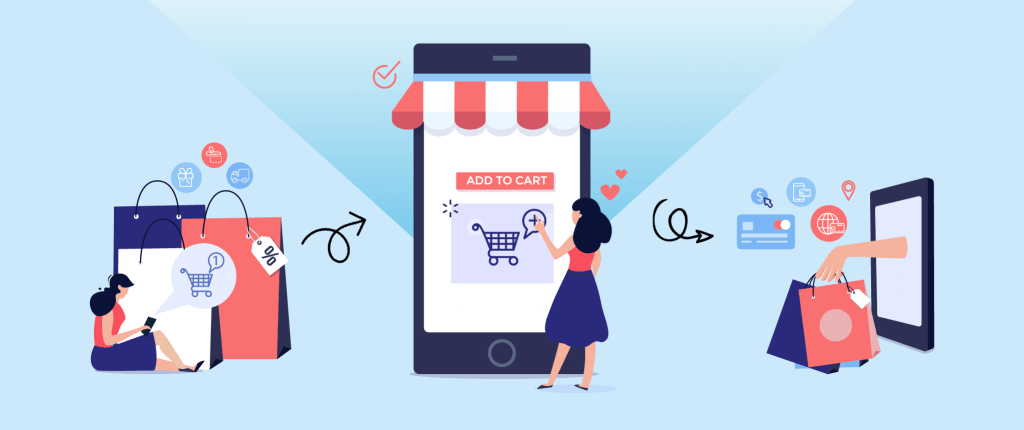
Additionally, Shopify merchants should always provide clear and concise information about security, privacy, and shipping policies, and offer a money-back guarantee or return policy. Don’t forget to make sure the checkout process is optimized for mobile devices, as more and more customers are using their phones to make purchases.
Utilize Customer Reviews and Discount Programs
Customer reviews can also be an effective way of increasing trust and credibility with potential customers, which can lead to higher Shopify conversion rates. Shopify store owners should actively encourage customers to leave reviews in order to boost conversion rates and increase sales. Similarly, offering discounts or promotions can be another great way of encouraging visitors to make a purchase from your store, so Shopify store owners should consider offering them in order to maximize the conversion rate.
Customer Service Quality
Good customer service is also essential for building trust with potential customers and increasing customer satisfaction which, in turn, leads to higher Shopify conversion rates. Shopify store owners should ensure that their customer service team is responsive and helpful in order to provide a positive experience for their customers.

By focusing on these areas, Shopify store owners can improve their Shopify conversion rate significantly over time. This involves consistently analyzing the data from analytics tools such as Google Analytics as well as performing A/B tests for changes made on the website or within marketing campaigns in order to maximize conversions from each visitor directed toward the website. Additionally, it’s important for Shopify store owners to stay up-to-date with industry trends such as new payment methods or changes in customer preferences in order to tailor the website accordingly and remain competitive in today’s market. This means considering every aspect of the customer journey and ensuring that each step is optimized.
How to Keep Track of Shopify Conversion Rate
Shopify provides 4 distinct types of conversion rate tracking reports for you to select from, offering a greater range of perspectives and allowing you to monitor which platform your traffic is generated from.
Shopify Reports
Shopify’s integrated Reports dashboard gives you access to accurate data by simply navigating to Admin > Reports. Unlike third-party tracking apps, Shopify’s built-in capabilities guarantee precise information that is consistently updated.
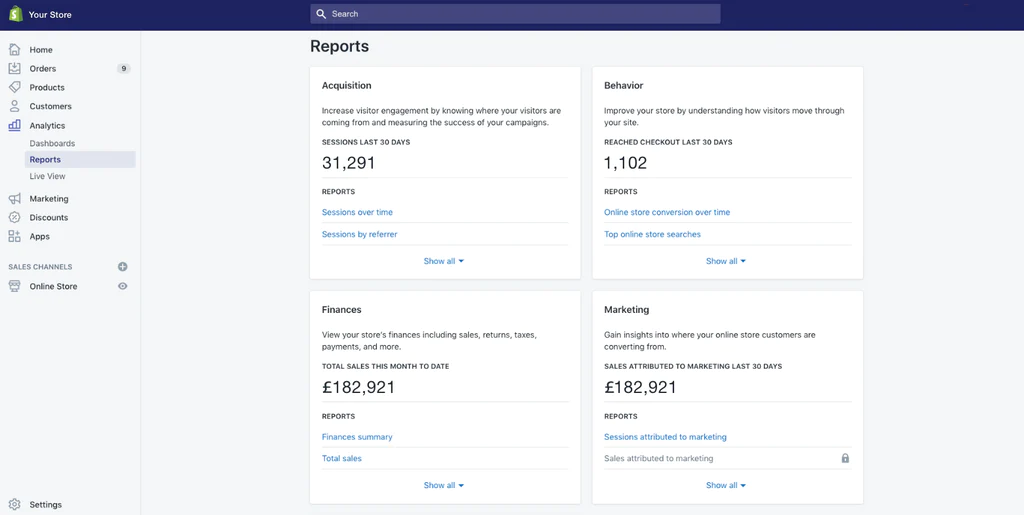
There’re 2 types of reports in the dashboard:
- Default report: This report is divided into three distinct sections – Sales, Acquisition, and Behavior – providing you with a preliminary assessment of your Shopify store performance. However, it doesn’t provide much in the way of detail.
- Custom report: You can craft a custom report based on Sales, Payments, Taxes, Visitors, and Customers metrics from your Shopify store to gain deeper insights into the performance of particular sections.
Google Analytics
To track your Shopify conversion rate using this tool, you need to connect your Shopify store to Google Analytics through the Online store dashboard. With Google Analytics, you can track the collective marketing performance across various channels, including Facebook with no capability to audit them.

Based on the needs of your online store, you can select from two levels of Shopify conversion tracking with Google Analytics for optimal performance: Basic eCommerce tracking and Enhanced eCommerce tracking. Both tools provide accurate insights into customer behavior that will enable you to maximize conversions and optimize efficiency.
Conclusion,
In conclusion, the Shopify conversion rate is an important metric for evaluating the success of an online store. Improving website design, offering clear product descriptions and high-quality images, streamlining the checkout process, providing customer reviews, offering promotions and discounts, and providing excellent customer service are all strategies that can help improve your online business conversion rate.
With years of experience in providing website development services, Magenest can help you with any questions related to Shopify. Click on the button below for more information.


